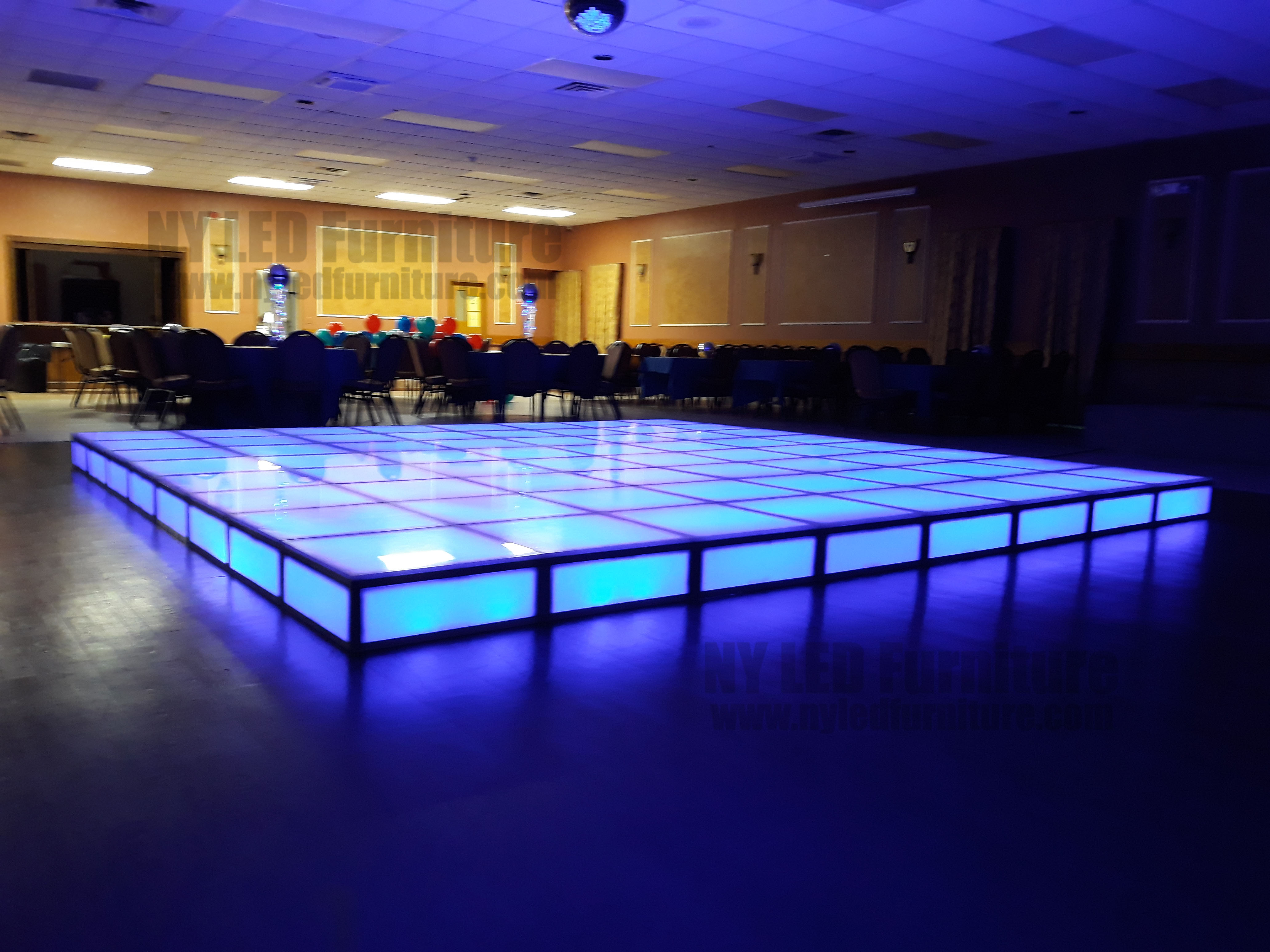Opting for the Ideal Materials for Building a Sturdy and Safe Open-Air Performance Surface
Choosing the right materials for building a durable and safe outdoor performance surface is essential for guaranteeing an pleasurable session. Exterior movement platforms must endure various weather conditions while providing a stable surface for performers and participants. Therefore, it is essential to consider factors such as material durability, safety features, and maintenance requirements when making selections. This guide will examine several appropriate options and their benefits in designing an open-air dance floor.
One common option for outdoor dance floors is wood. Lumber provides a classic and warm aesthetic that many find appealing. Hardwoods like maple or ash are particularly favored due to their durability and ability to cushion shock, which can safeguard dancers’ ligaments. Additionally, timber has inherent anti-slip qualities when treated properly, minimizing the chance of accidents. However, maintaining a wooden dance floor requires regular coating and resurfacing to shield it from humidity and ultraviolet damage, making it essential to consider the environment in which the floor will be placed.

Another viable alternative is composite materials, which combine natural fibers with polymers. These composites are engineered to be resistant to moisture, mold, and discoloration from UV exposure. Synthetic dance floors offer durability similar to conventional wood without the intensive upkeep. They are less susceptible to warping and splitting than natural wood floors when subjected to extreme environmental conditions. Furthermore, composite materials often have integrated anti-slip features, making them a safer choice for outdoor occasions.
For those looking for a more contemporary approach, modular tiles made of polyvinyl chloride or rubber are reliable options. These tiles are crafted for hassle-free installation and can be rearranged or replaced as needed. The flexibility of using interlocking tiles allows for rapid assembly and breakdown, making them ideal Extra resources for temporary dance events or festivals. Additionally, these materials provide shock absorption that improves support while dancing and minimizes the likelihood of injuries caused by falls. The non-porous nature of PVC and rubber also inhibits water penetration, additionally extending the lifespan of the dance surface.
Ultimately, it is crucial to evaluate the site and planned function of the exterior dance floor when choosing components. For instance, if the dance floor will be situated in a high-traffic area or exposed to harsh weather regularly, opting for robust materials that require minimal maintenance will be essential. On the other hand, for less intense use or in more sheltered locations, lighter materials may suffice. In any case, emphasizing safety aspects such as traction and impact resistance should stay at the center of design.
To summarize, constructing a durable and safe outdoor dance floor involves careful assessment of various solutions appropriate for different settings and applications. Wood offers timeless beauty but requires diligent maintenance; composite materials balance aesthetics with resilience; interlocking tiles provide versatility and convenience. At the end of the day, identifying the unique requirements of the dance floor's planned more use will guide material selection toward choosing the most suitable material for an enjoyable and safe dancing experience outdoors.